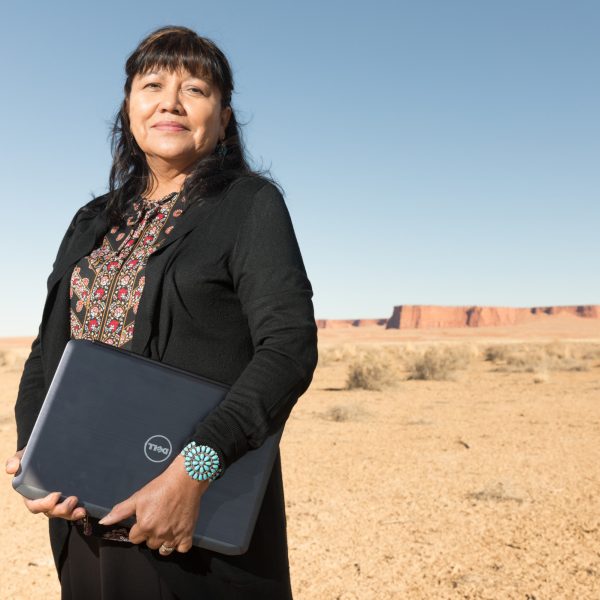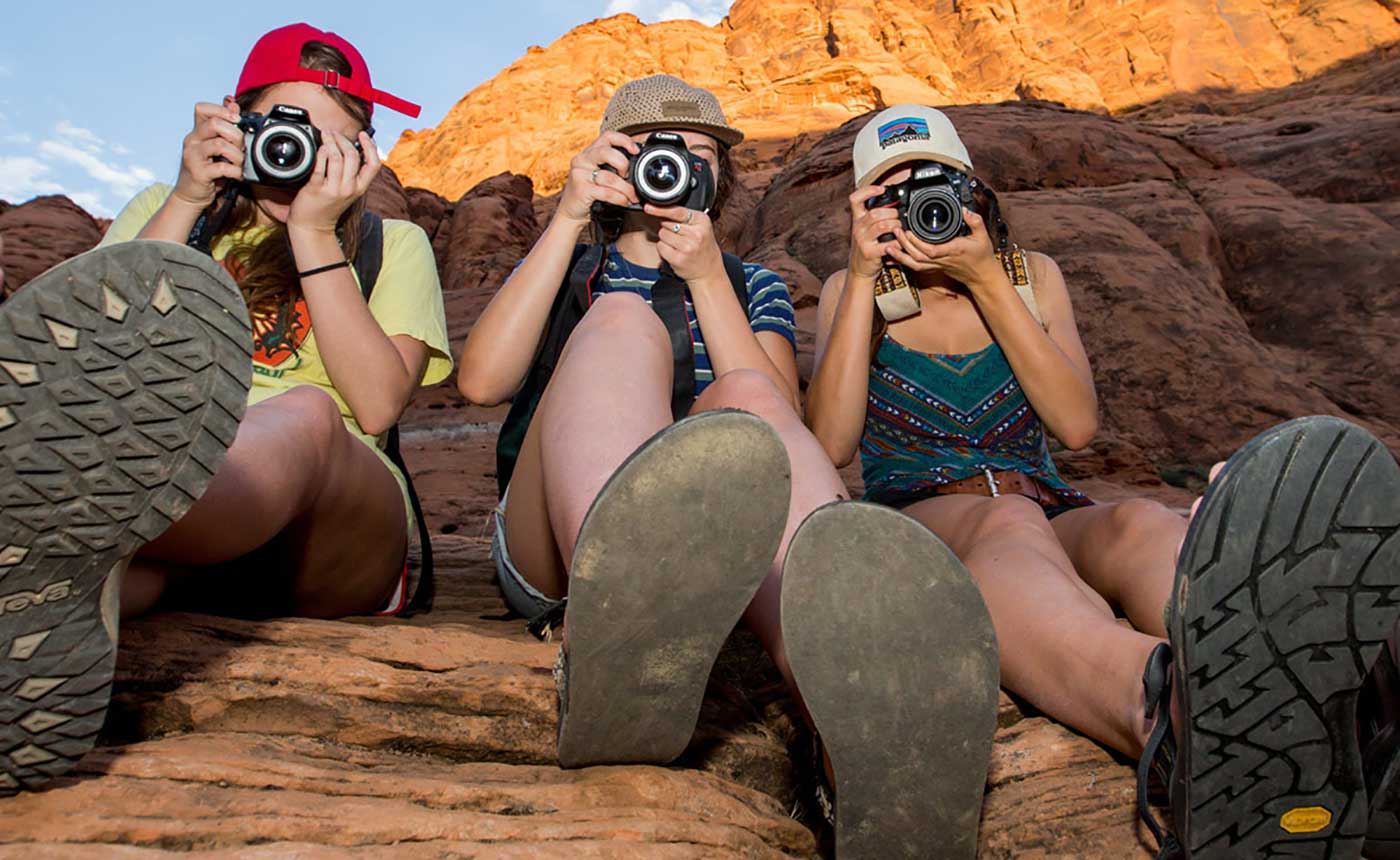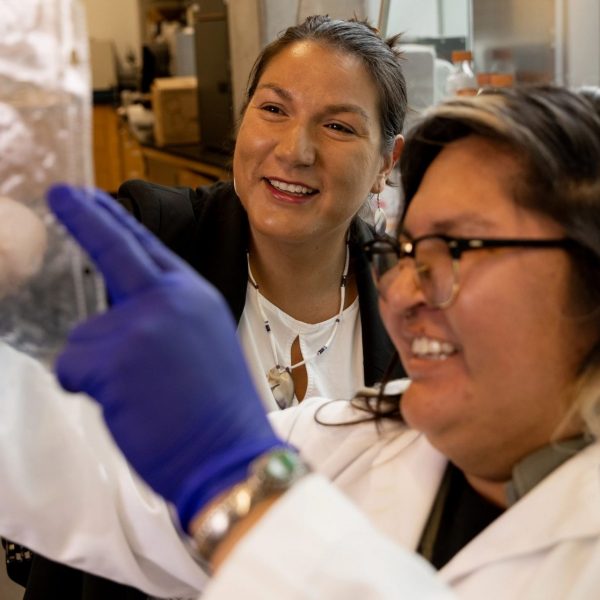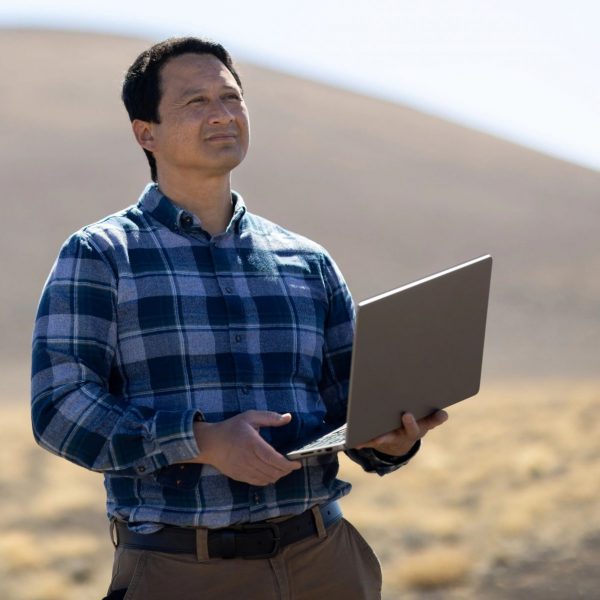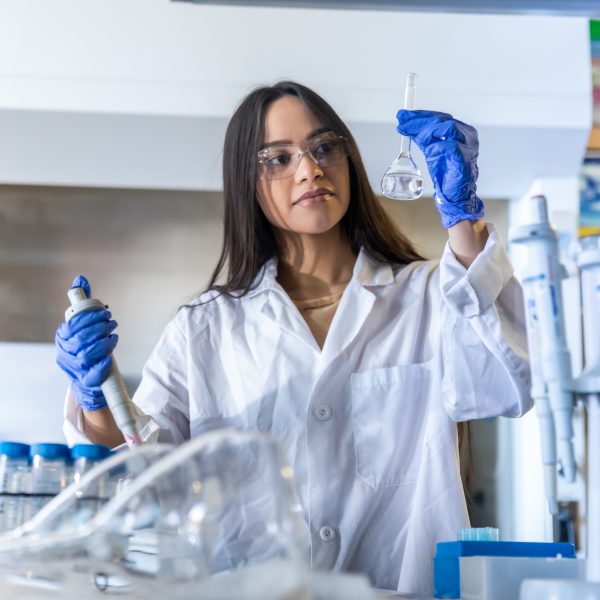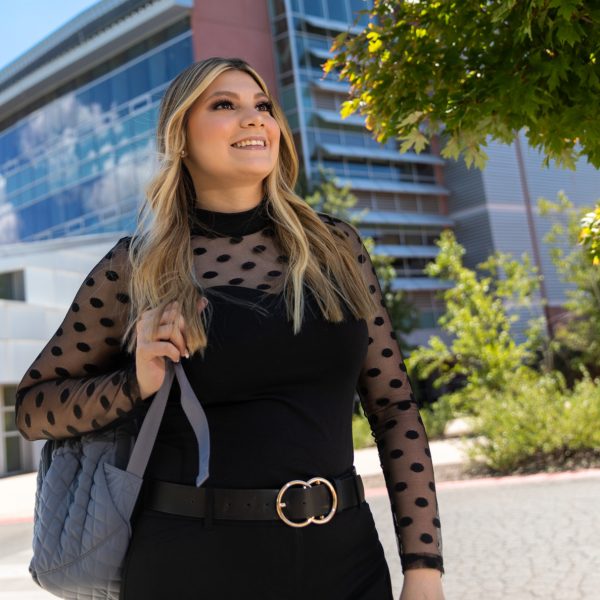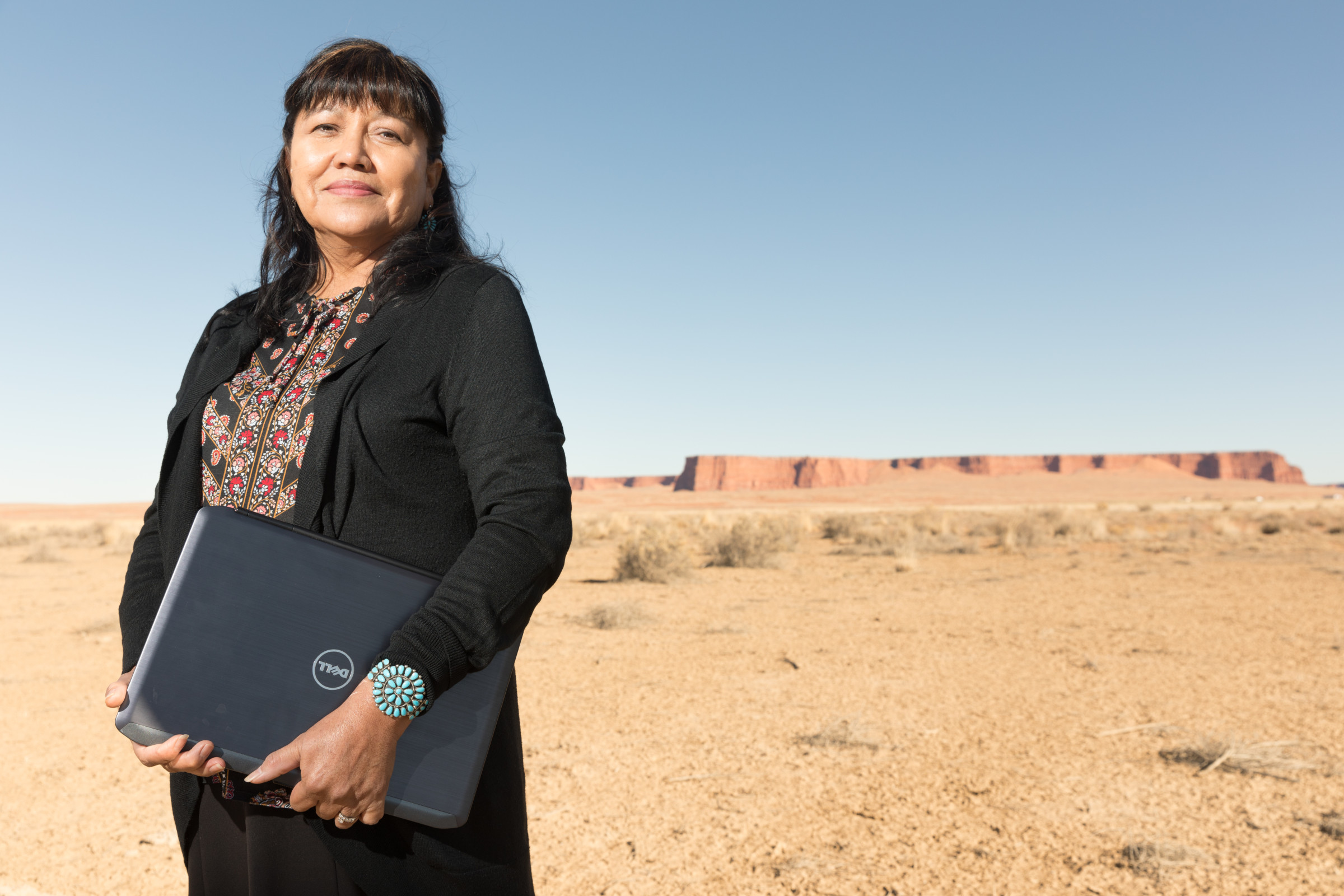
Health sciences Professor Priscilla Sanderson points to a photo of student researchers laughing and joking with each other.
“That was their way of decompressing after two weeks of intense work from eight o’clock all the way to sometimes seven or eight in the evening,” she says. As the students worked in the field, they learned how to use GPS on the vast Navajo Nation, work with the weather, and dislodge vehicles stuck in the sand. Along the way, they gained from Sanderson a passion for stopping Helicobacter pylori (H. Pylori) infections on the Navajo Nation.
H. pylori is a bacterium that infects the stomach. If left untreated, infections can cause ulcers and stomach cancer. “The Navajo Epidemiology Center indicated that H. pylori was three to four times more often diagnosed among the Navajo people than the general population. So it’s quite high,” Sanderson says. She and the NAU student researchers worked with team members from the University of Arizona (UA), including principal investigator Robin Harris, on the Navajo Healthy Stomach Project. This project started studying H. pylori infections on the Navajo Nation in 2017. NAU’s Center for Health Equity Research reported on the study in fall 2022.
Sanderson’s interest is personal as well as academic. She is Diné; her maternal clan is Old Orabi Red-Running-In-The-River, born for the Towering House clan, her maternal grandfather’s clan is the Mexican clan, and her paternal grandfather’s clan is the Leaf clan.
She wants to lower the incidence of H. pylori on the reservation, which would require clean, regulated water and refrigeration. “Some areas of the Navajo Nation have the infrastructure—large towns like Shiprock, Window Rock, and Tuba City,” she says. “But we have sprinkles of little villages and communities where some people do not have running water and plumbing services. Well, if you don’t have running water, how do you wash your hands? Right? And so, with H. pylori, it hit us that people in the communities are still using the unregulated water.”
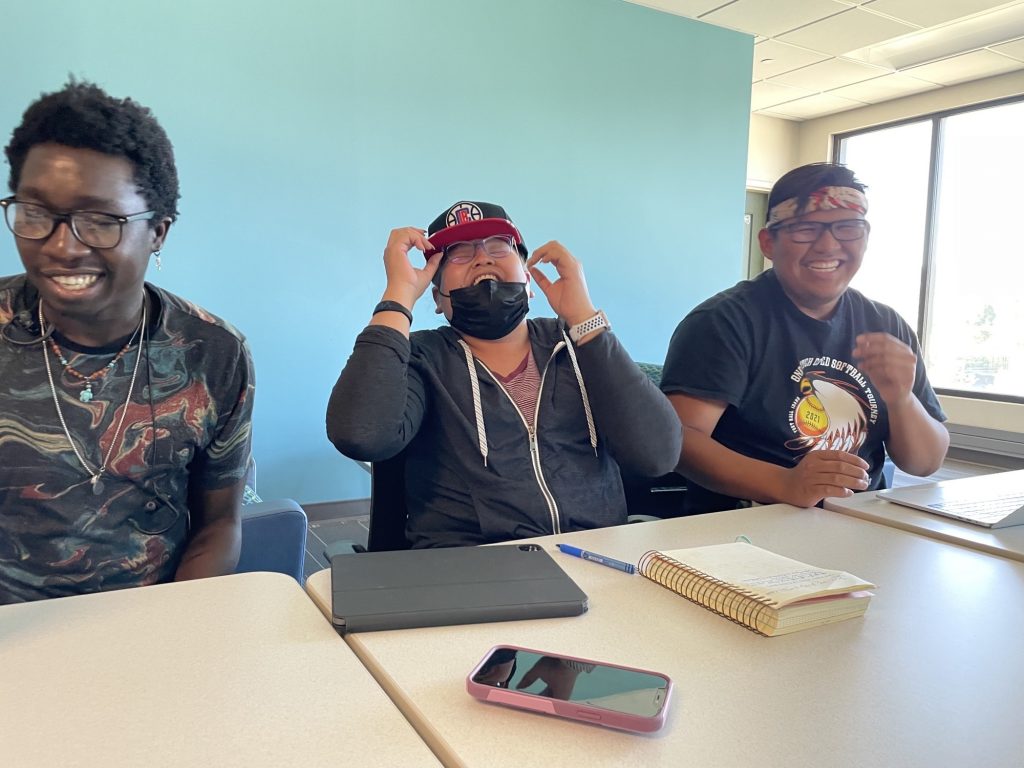
Over the summer, teams visited 73 households to hold interviews, conduct H. pylori breath tests, and obtain water samples. The groups included Professor Sanderson with NAU students Melissa Howard and Denver Seaton, Diné College student Don Laurent, senior project coordinator Carmenlita Chief, and the UA students led by Harris. “The students got a chance to see what it’s like in real life representing a project and the university and how to maintain professionalism,” Sanderson says. “A lot of people in the communities realized we had students with us and were really excited and happy that they were learning the research skills.”
Mentoring future researchers
Melissa Howard (Diné) is working toward her bachelor’s in Public Health and will graduate in May 2023. Howard is part of the Eagle Reed people clan, born for the Manygoats clan, her maternal grandfather is of the Bitterwater clan, and her paternal grandfather is of the Zuni Edgewater clan. Howard leaned on Sanderson in stressful situations. “I’m the type of person who freaks out if I get too much stress. But Dr. Sanderson knows how to stay calm. And she’s like, ‘Well, we’ll start off by going like this, and then we’ll go like this,’” Howard says. “She leads you on how to problem solve in a calm way. She’s a very patient person.” Sanderson, in turn, appreciated Howard’s leadership in the field.
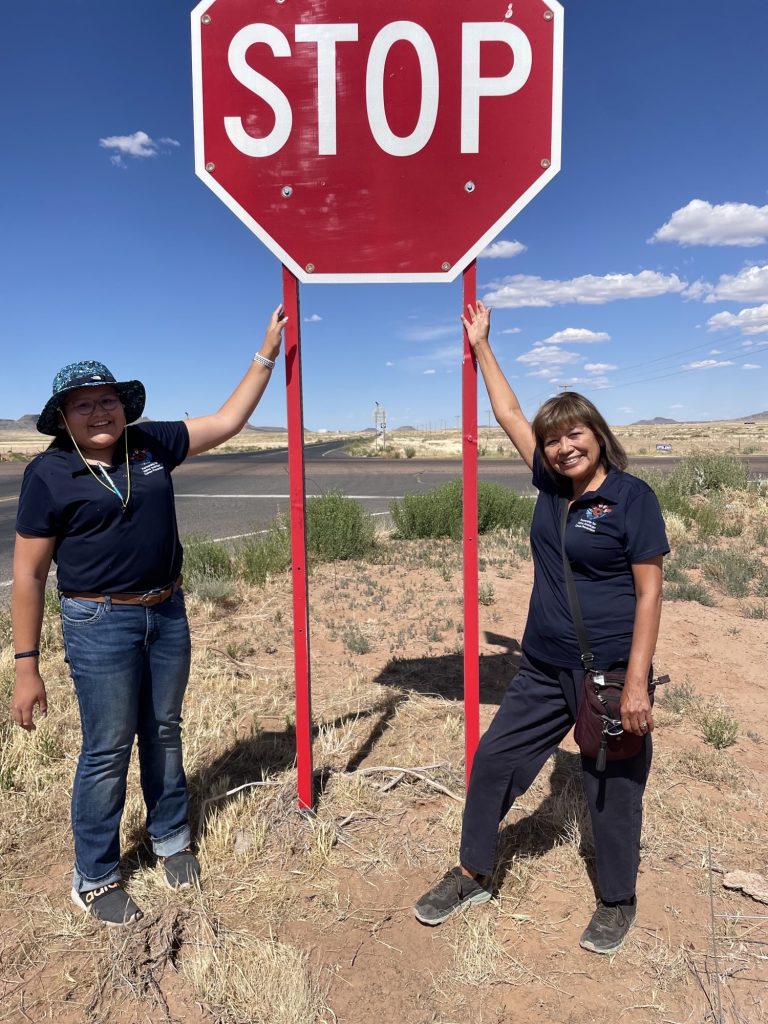
Sanderson considers mentoring as one of her primary jobs. For her, it’s payback for all the help she received throughout her career. “I know where they’re at. Particularly when you’re an Indigenous person, you need all of the resources you can get in order to succeed.”
Sanderson is excited when one of her mentees decides to continue their education. “We just need more Navajo or American Indian researchers out there. We want to reduce health disparities, and we want the children to see it’s possible to get a degree and to move forward as well. So that’s why I encourage every one of my students to get a PhD.”
When asked what she learned from her experience with this project, Howard shared a list of concerns she heard from the Navajo peoples she interviewed: inadequate healthcare, a three-hour drive for appointments, overburdened healthcare staff, and a fear of going to the doctor. Howard came away resolved to help change the healthcare inequities on the Navajo Nation and continue work against H. pylori.
“A lot of my personal goals have been influenced by my work with Dr. Sanderson. I have aspirations to attend graduate school after I finish my bachelor’s to get my master’s in public health,” Howard says. “But if I don’t, I just want to go right into health education—something along the lines of our work with H. pylori—but I will continue overall to work with the Navajo people.”

